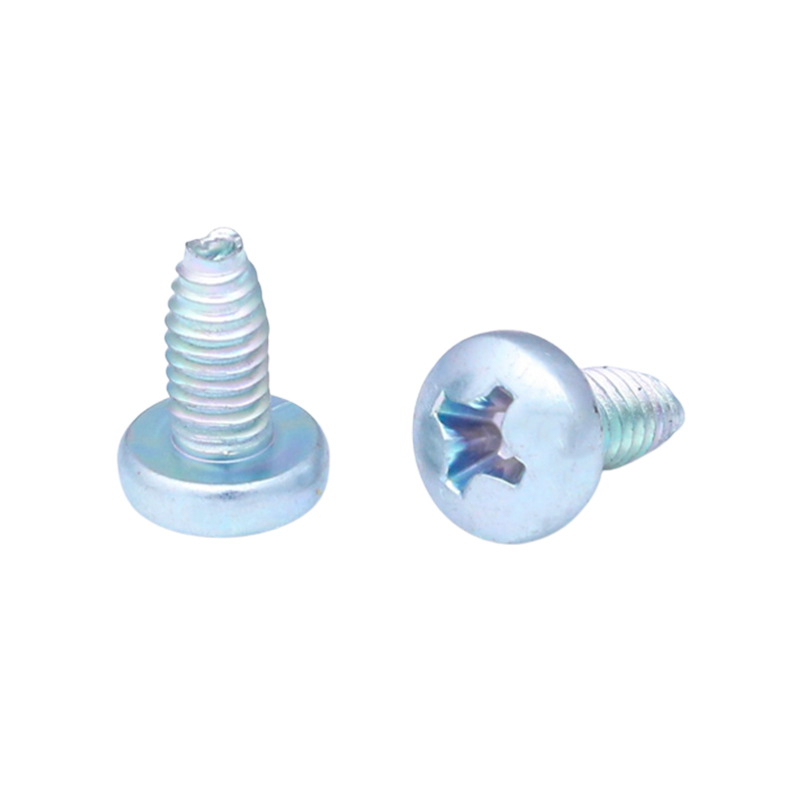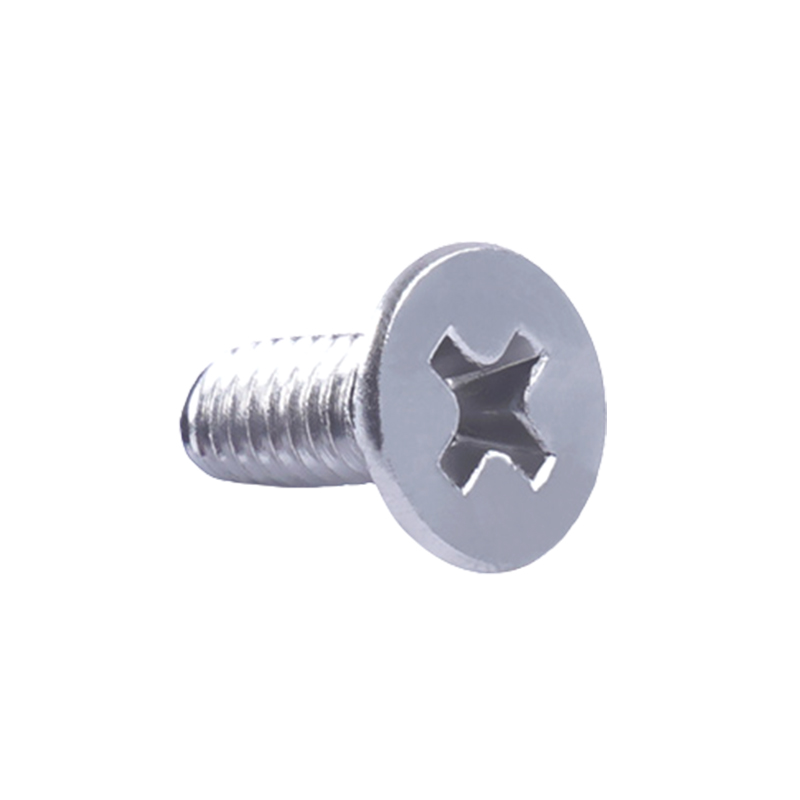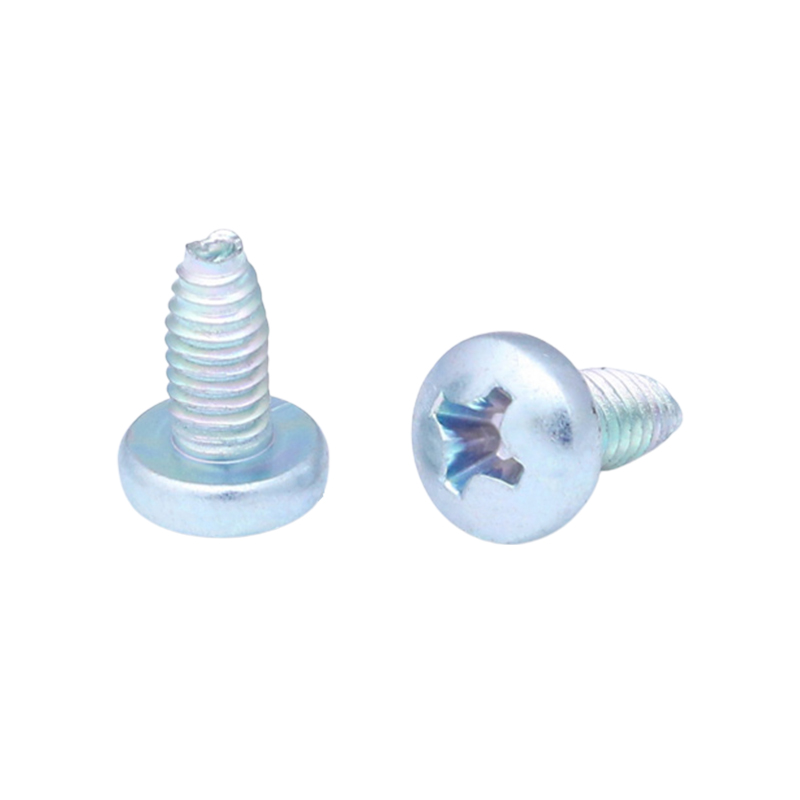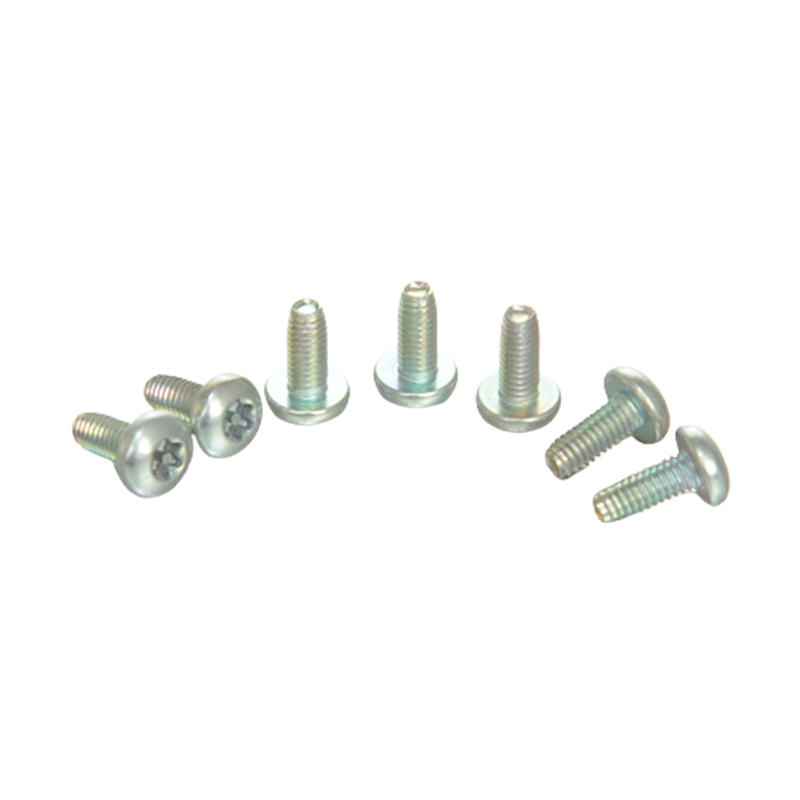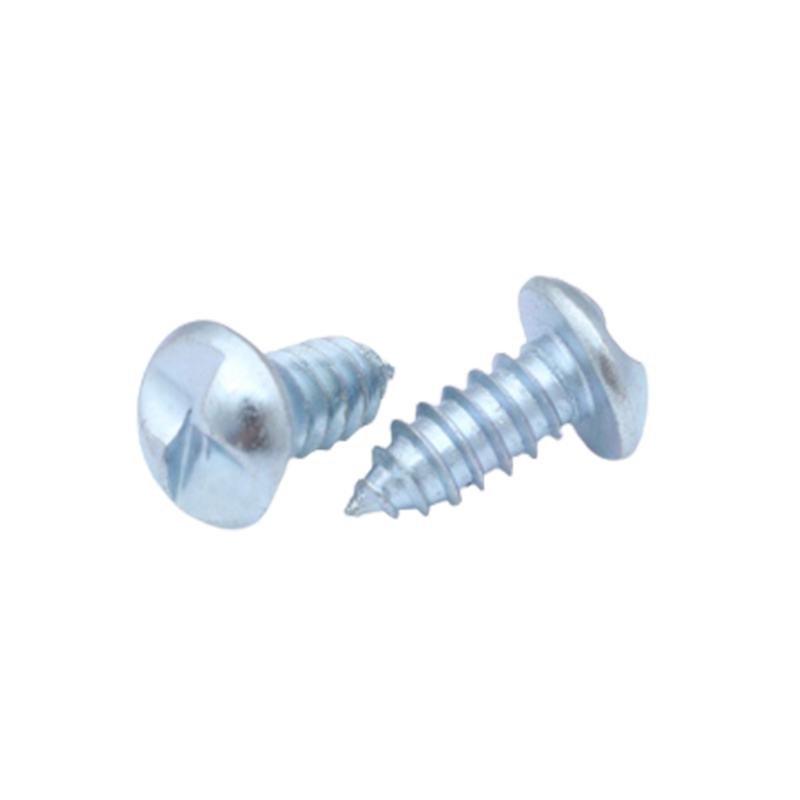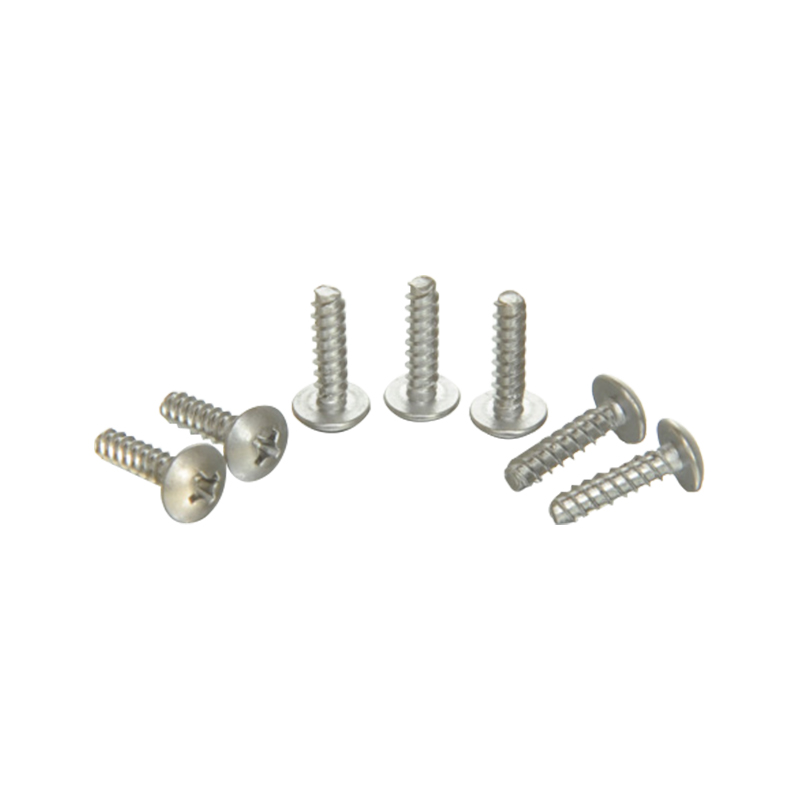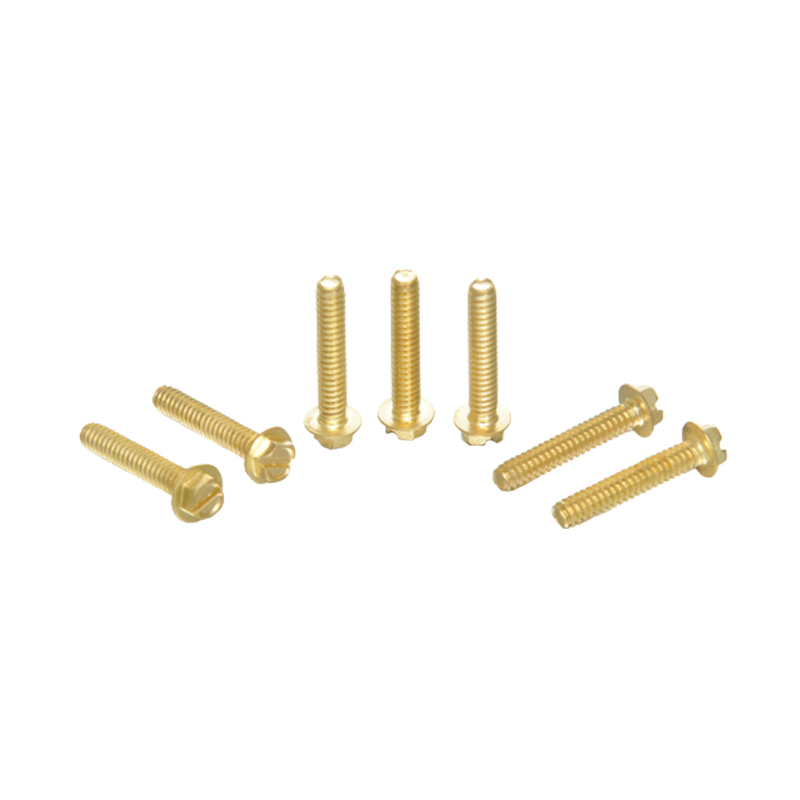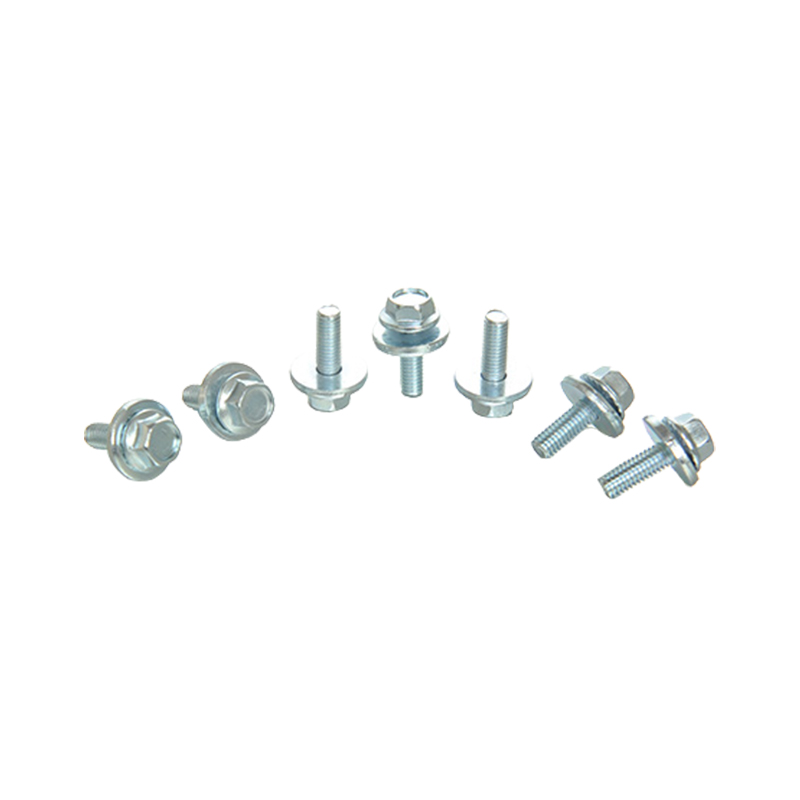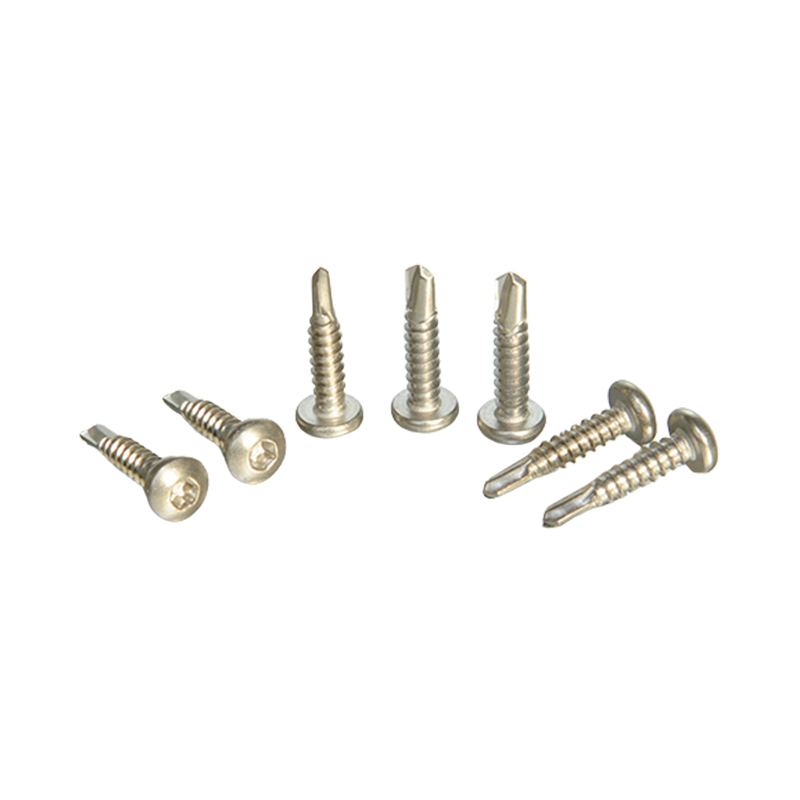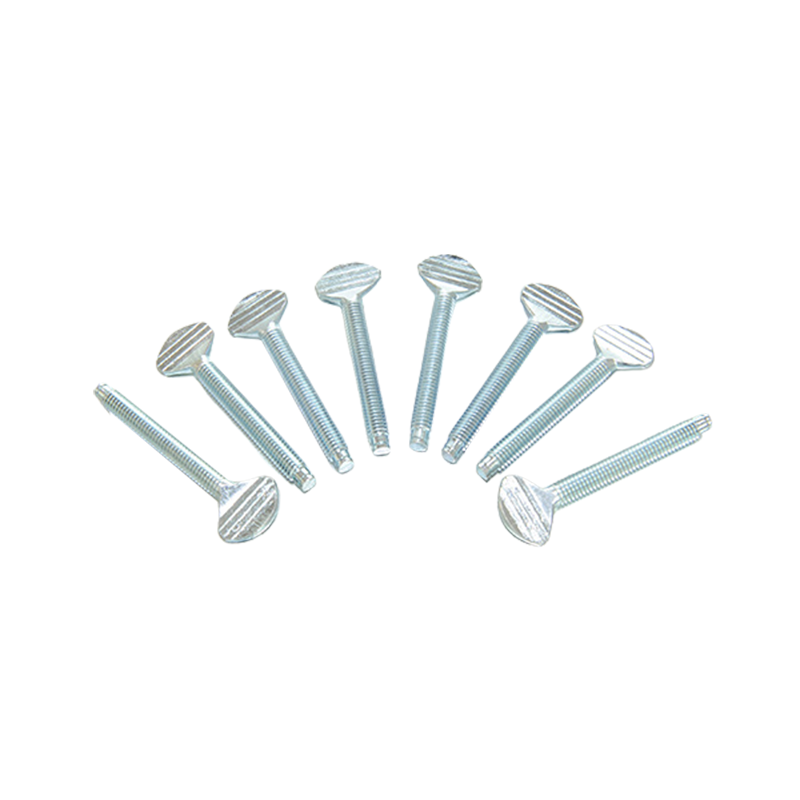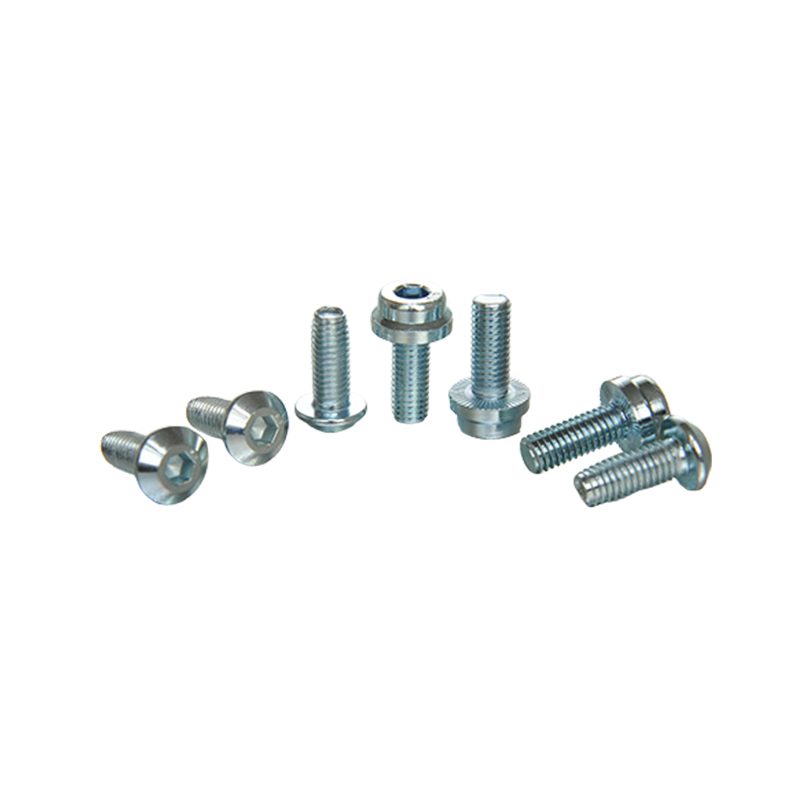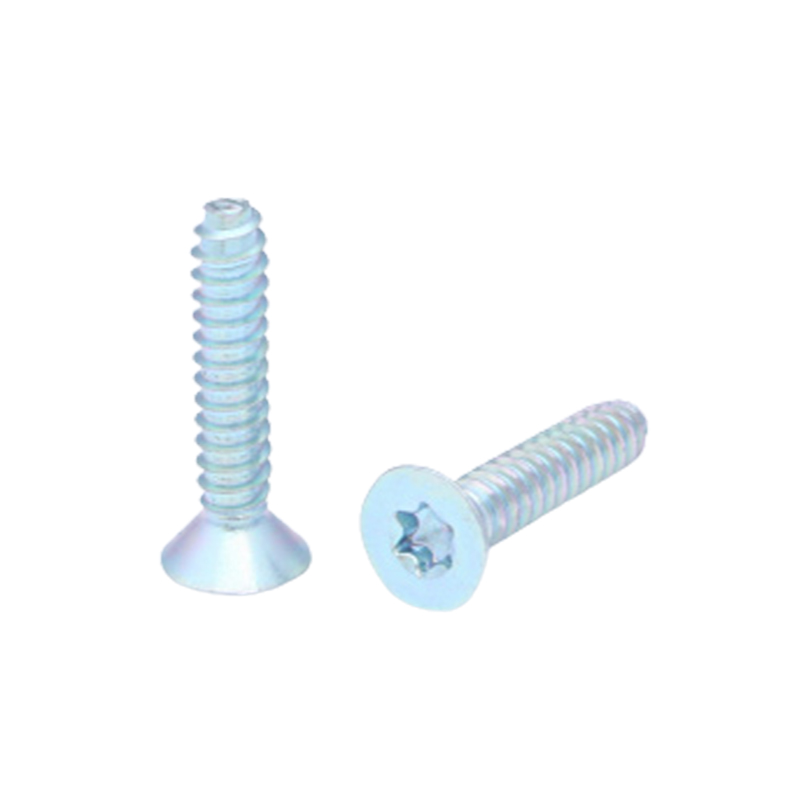Self-tapping screws are common fasteners in many connection and fixing applications. They can directly cut matching threads on the material through their own thread design, thereby achieving quick installation without pre-drilling. This type of screw is widely used in many industries such as construction, automobile manufacturing, and home appliances. Although self-tapping screws have shown superior performance in many occasions, their applicability and performance need special consideration when it comes to environments that require high sealing or waterproof performance.
Self-tapping screws are usually designed to provide strong connection force and fast installation efficiency, and do not specifically consider sealing. Therefore, the use of self-tapping screws alone may not be sufficient to ensure that the connection is completely waterproof or has high sealing. The structure of the screw itself is not suitable for directly dealing with the penetration of water or other liquids, especially under high pressure or long-term exposure to humid environments. There may be tiny gaps between the screw and the material, which become paths for liquid leakage.
Nevertheless, self-tapping screws can still meet certain waterproof requirements under certain conditions, especially when they are used in conjunction with other sealing materials or designs. For example, many self-tapping screws will add sealing washers or waterproof rubber rings when leaving the factory to help fill the gap between the screw and the connecting material, thereby providing a certain degree of sealing. This design is often used in environments where moisture or dust must be avoided, such as exterior fixings of automobiles, roof installations, pipe joints, etc. The sealing gasket can compress as the screw is tightened during installation, forming an effective sealing layer and reducing the possibility of liquid penetration.
Some specially designed self-tapping screws, especially those used in outdoor or marine environments, are usually made of materials with stronger waterproof performance. For example, stainless steel screws that have been treated with corrosion protection can resist moisture erosion to a certain extent and extend their service life. In these special applications, stainless steel self-tapping screws are often combined with more advanced sealing technologies to ensure that they can maintain effective sealing performance during long-term exposure to water or humid environments.
Even so, in many demanding waterproof environments, relying solely on self-tapping screws to provide sealing is often not enough to fully meet the needs. In this case, other sealing technologies may be required to achieve the desired effect. For example, materials such as rubber gaskets, silicone sealing strips, adhesives, etc. are used to further enhance the waterproof performance of the connection. Especially in high-pressure or long-term water immersion environments, it is difficult for a single self-tapping screw connection to completely avoid water penetration, so a comprehensive design must be carried out, combining multiple protections of screws, seals and adhesive materials.


